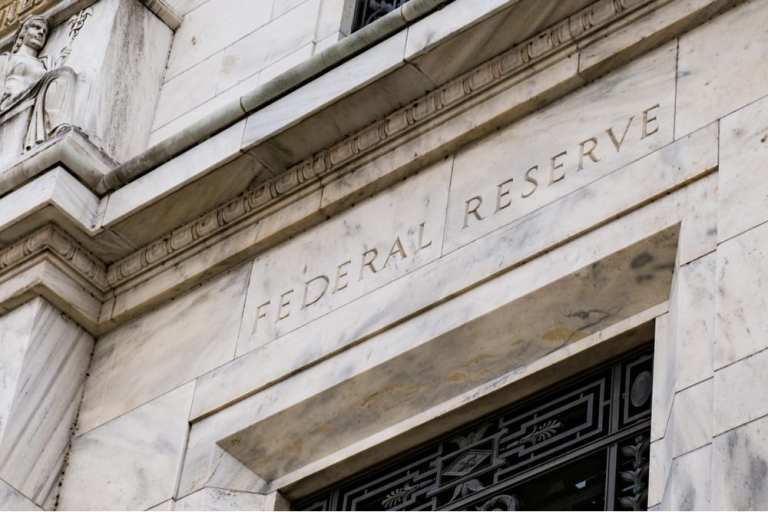
A survey of bank officers published on Monday (Aug. 5) showed loan standards on commercial and industrial loans to both large and mid-sized firms during the second quarter of 2019 didn’t change, and standards were eased on smaller firms, according to a report by Reuters.
The U.S. Federal Reserve’s query of high-level loan officers also showed something else: There was an easing of the standards overall on those types of loans when compared to before the financial crisis.
“Banks, on balance, reported that their lending standards on C&I loans are currently at the easier end of the range of standards between 2005 and the present,” the report said.
This is an important statistic because there has been a rise in business debt in the U.S. to all-time high levels, which has worried the U.S. central bank about whether it will affect the stability of the financial markets. The subprime mortgage fiasco of the past decade is still fresh in the minds of analysts and experts.
Federal Chairman Jerome Powell cautioned that if the trend continues, it could become problematic for the economy, but he said the danger from corporate debt isn’t as bad as the subprime mortgage threat was.
According to the survey, demand didn’t grow for commercial loans in Q2. Smaller firms saw an overall weaker demand.
Household loans followed a different trend. Banks tightened their standards on credit card loans but left auto and real estate loans untouched. Demand for loans on houses went up, which was a turnaround from the past two years.
In January, the Fed said that it was going to pause its rate-raising cycle, and it cut interest rates in July for the first time since the end of 2008.
In terms of commercial, subprime credit card, auto and real estate lending in the long term, standards have been tightened compared to what has normally been done from around 2005 to the present.